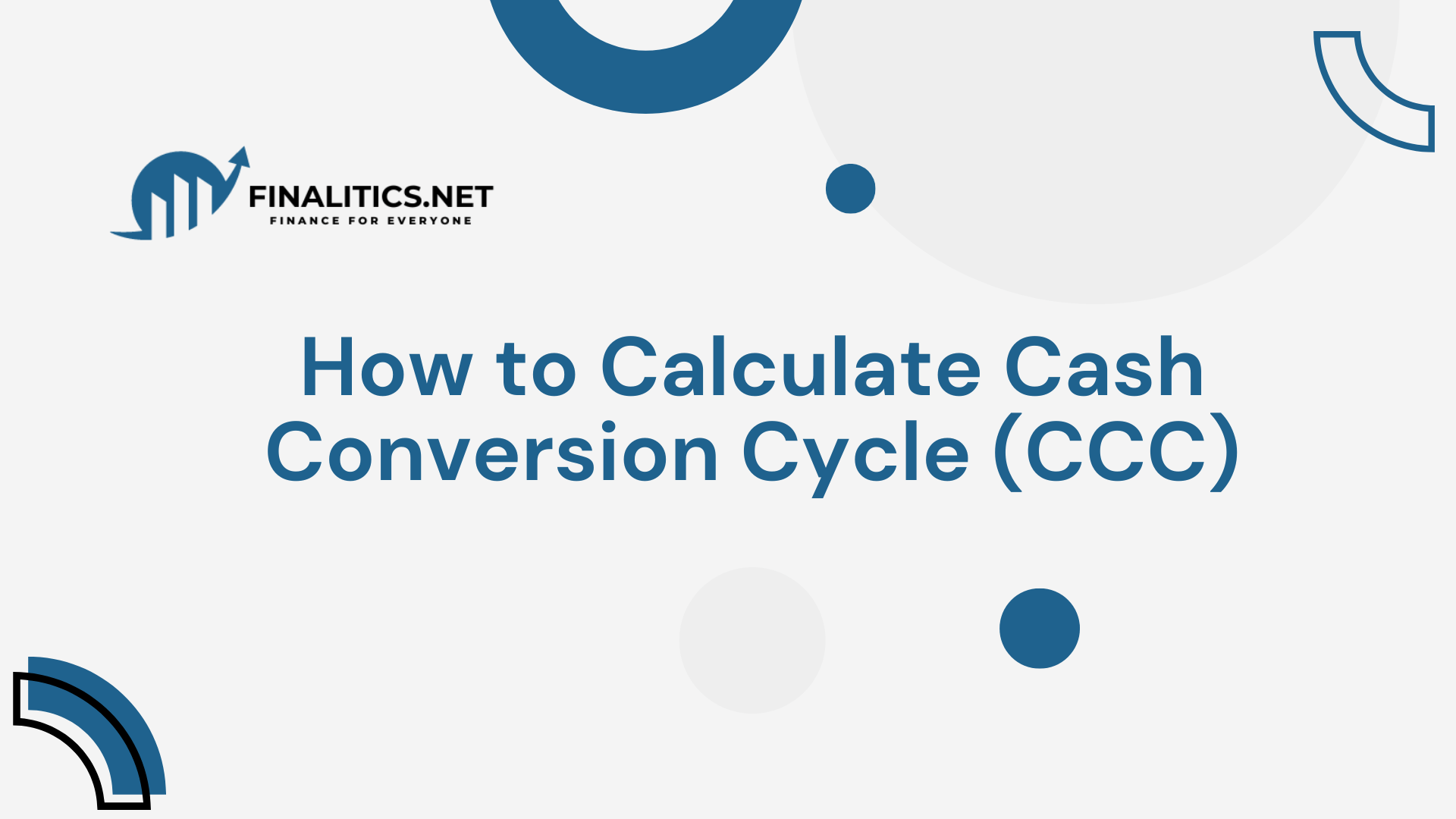Treasury Bonds, often referred to as Treasuries, are a type of government bond issued by the U.S. Department of the Treasury. They are used to fund federal government operations, infrastructure projects, and other public initiatives. Treasuries are considered one of the safest investment options, making them highly popular among conservative investors.
Table of Contents
- What Are Treasury Bonds?
- Key Features of Treasury Bonds
- Risk of Treasury Bonds
- Benefits of Treasury Bonds
- Example
- How Treasury Bonds Are Sold?
- Why Invest in Treasury Bonds?
- Summary
What Are Treasury Bonds?
A Treasury Bond is a long-term debt instrument backed by the full faith and credit of the government. This means the government guarantees repayment of both the principal (face value) and periodic interest payments (coupon) to bondholders. Due to this backing, Treasury Bonds carry no default risk, as it is highly unlikely that the U.S. government will fail to meet its payment obligations.
Key Features of Treasury Bonds
- Issuer: The U.S. federal government.
- Par Value (Face Value): Typically $1,000, although bonds can be issued in larger denominations.
- Maturity Period: Treasuries have long-term maturities, typically ranging from 10 to 30 years.
- Interest (Coupon) Payments:
- Fixed interest payments are made semi-annually (twice a year).
- The coupon rate is determined at the time of issuance and remains constant over the bond’s life.
Risk of Treasury Bonds
While Treasuries are virtually free from default risk, they are still subject to other risks:
1. Interest Rate Risk
- Bond prices are inversely related to interest rates. If interest rates rise, the market value of existing bonds falls because newer bonds will offer higher yields.
- Example:
- You hold a 10-year Treasury Bond with a 2% coupon rate.
- If interest rates rise to 4%, investors will prefer new bonds offering 4%. To sell your bond, you may need to offer it at a discount.
2. Inflation Risk
- Treasuries provide fixed returns, which can lose purchasing power during periods of high inflation. Inflation-indexed Treasury securities (like TIPS) address this issue but are not standard Treasury Bonds.
3. Reinvestment Risk
- If a bondholder receives periodic interest payments, they might face reinvestment risk if the interest rates fall, as it becomes harder to reinvest the interest income at a comparable rate.
Benefits of Treasury Bonds
- Safety: Treasuries are among the safest investments globally, as they are backed by the U.S. government.
- Stable Returns: They offer fixed and predictable interest income, making them a reliable source of cash flow.
- Liquidity: Treasury Bonds are highly liquid, meaning they can easily be bought or sold in the secondary market.
- Tax Benefits: Interest earned on Treasuries is exempt from state and local taxes, although it is subject to federal income tax.
Example
Let’s consider an example to illustrate how Treasury Bonds work:
- Bond Details:
- Face Value: $1,000
- Coupon Rate: 2%
- Maturity: 10 years
- Interest Payments:
- The bondholder will receive 2% of $1,000, which equals $20 annually.
- Since interest is paid semi-annually, the bondholder gets $10 every six months.
- Principal Repayment:
- At the end of the 10-year maturity period, the bondholder will receive the full face value of $1,000 in addition to the final interest payment.
- Scenario: Interest Rates Rise
- If interest rates rise to 3% during the bond’s tenure, the bond’s market price will decline because newer bonds offer higher yields.
- Investors might only be willing to pay $900 for the bond to match the effective yield of 3%.
How Treasury Bonds Are Sold?
Treasury Bonds are sold through the U.S. Treasury’s auctions:
- Non-Competitive Bids:
- Individuals and smaller investors submit bids without specifying a yield.
- They are guaranteed to receive the bond at the final auction yield.
- Competitive Bids:
- Institutional investors specify the yield they are willing to accept.
- Bonds are awarded to bidders with the lowest yields first.
Why Invest in Treasury Bonds?
Treasuries are ideal for:
- Risk-Averse Investors: Individuals seeking the safest investment option with predictable returns.
- Long-Term Goals: Investors aiming to save for retirement or other long-term needs.
- Diversification: Treasuries reduce portfolio risk when combined with stocks or riskier assets.
Summary
Treasury Bonds are a cornerstone of the global financial market, offering unmatched safety and stability. While their returns might not be as high as riskier investments like stocks or corporate bonds, their security and predictable income make them a valuable addition to any diversified portfolio. Understanding the risks and benefits helps investors utilize Treasuries effectively for their financial goals.

